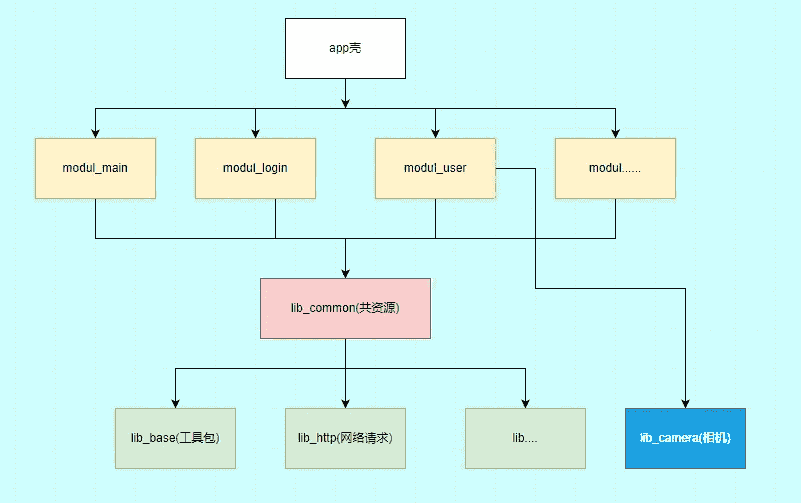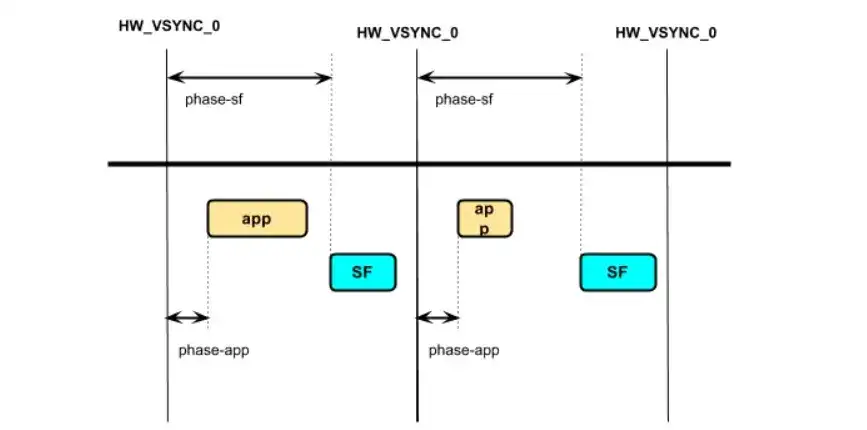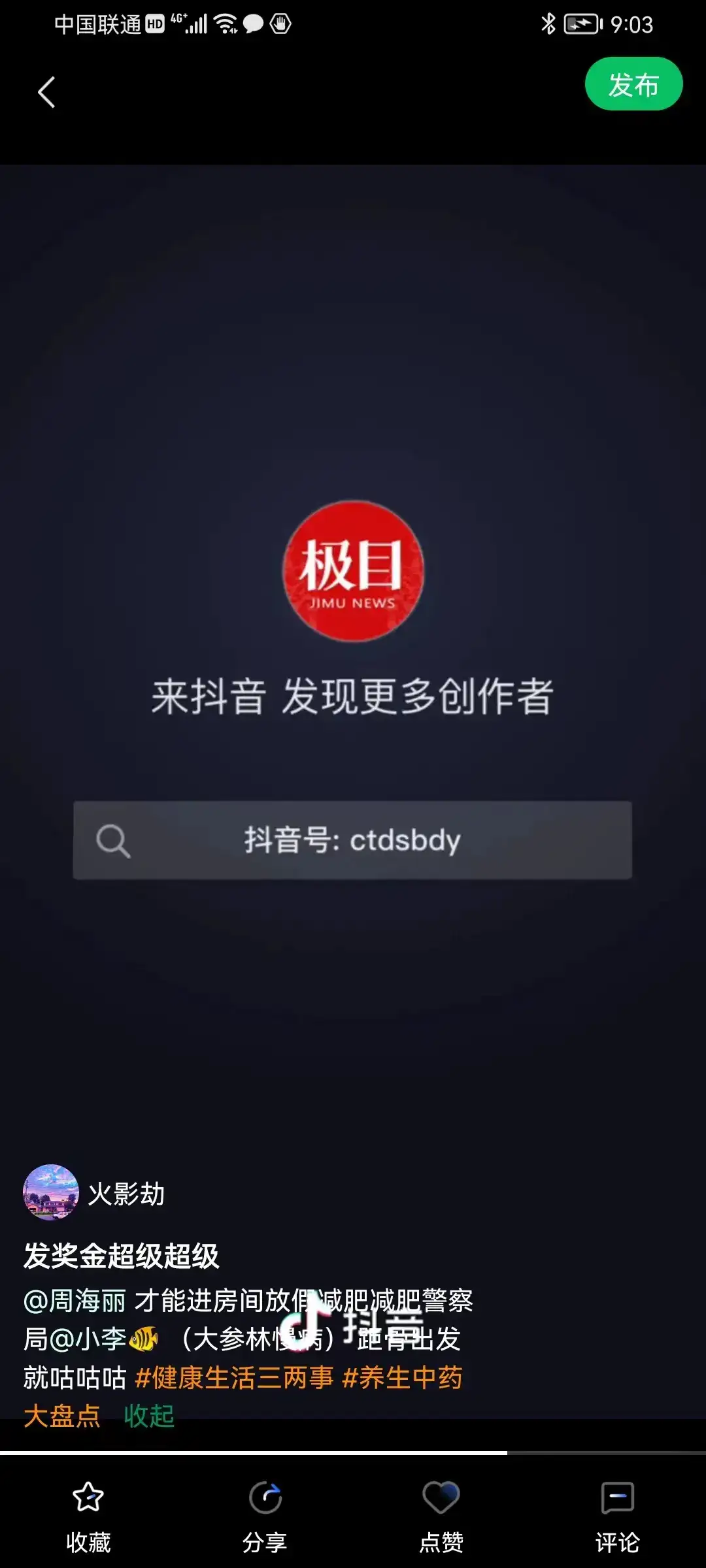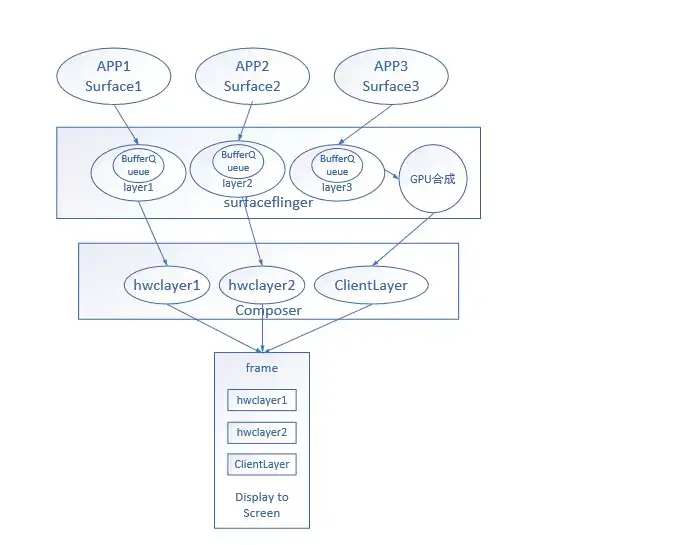Material Design for All: Exploring AppCompatTextView vs TextView
2023-11-19 10:50:17
An Exclusive Comparison: AppCompatTextView vs TextView
In the ever-evolving realm of Android development, the quest for a seamless and visually appealing user interface (UI) takes precedence. Among the many UI components at our disposal, AppCompatTextView and TextView stand out as fundamental building blocks. While they share a common ancestor, their distinct features and functionalities make them indispensable tools for crafting exceptional mobile experiences.
The Lineage of AppCompatTextView
AppCompatTextView proudly traces its lineage back to the venerable TextView. However, it emerged as a more robust and versatile successor, inheriting the core functionality of TextView while introducing a host of new capabilities. The primary impetus behind its creation was the introduction of Material Design in Android 5.0, a groundbreaking design philosophy that revolutionized the look and feel of Android applications.
Embracing Material Design
Material Design, with its emphasis on depth, shadow, and fluid motion, presented a significant departure from the traditional flat design aesthetics. AppCompatTextView embraced this new design language, providing developers with a means to incorporate Material Design elements into their applications, even on devices running earlier versions of Android.
Expanding the Horizons of Customization
Beyond its Material Design prowess, AppCompatTextView offers a wider range of customization options compared to TextView. It allows developers to tweak various attributes, such as text appearance, text color, and background color, with greater precision. This enhanced level of control empowers developers to create UI elements that perfectly align with their design vision.
Maintaining Compatibility, Enhancing Accessibility
AppCompatTextView's unwavering commitment to backward compatibility ensures that developers can leverage its advanced features without worrying about breaking support for older devices. Additionally, it places a strong emphasis on accessibility, providing robust support for screen readers and other assistive technologies.
When to Reach for TextView
Despite the impressive capabilities of AppCompatTextView, there are certain scenarios where TextView remains the preferred choice. For instance, when working with legacy applications or when targeting devices that do not support Material Design, TextView offers a stable and reliable foundation for displaying text.
Striking the Perfect Balance
In the grand scheme of Android development, AppCompatTextView and TextView complement each other harmoniously. AppCompatTextView excels in modern applications that embrace Material Design and require advanced customization options. TextView, on the other hand, remains a trusted companion for legacy projects and scenarios where simplicity and compatibility take precedence.
Conclusion: A Symphony of Text Display
The choice between AppCompatTextView and TextView hinges on the specific requirements of your Android application. For a cutting-edge UI that embodies the principles of Material Design, AppCompatTextView reigns supreme. For a tried-and-tested workhorse that guarantees compatibility and accessibility, TextView stands tall. By understanding their unique strengths and limitations, developers can harness the full potential of these essential UI components to craft mobile experiences that captivate users and leave a lasting impression.





